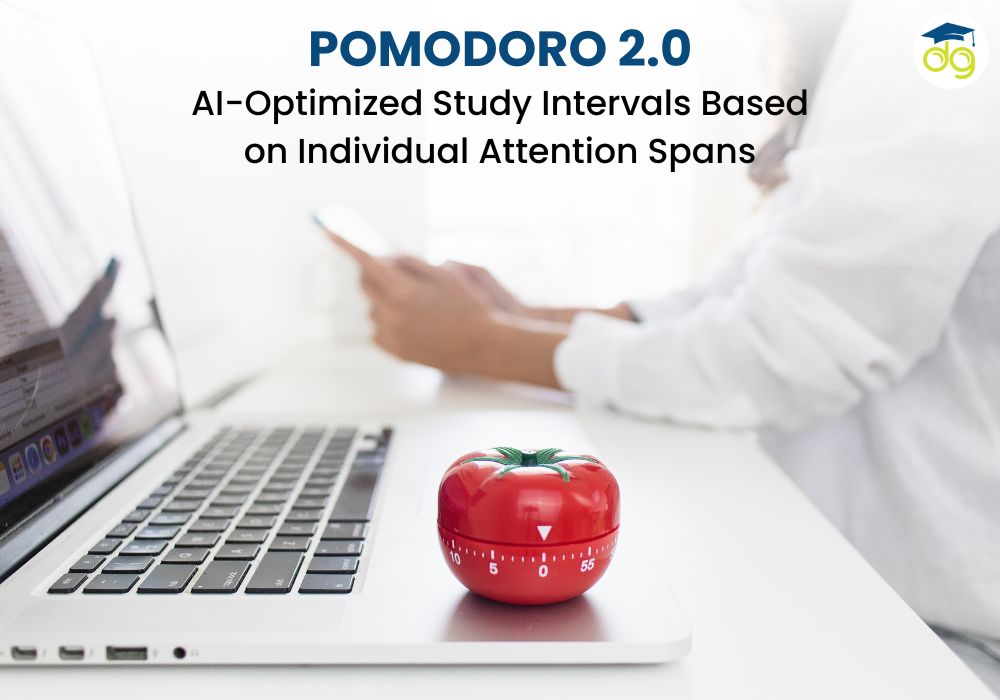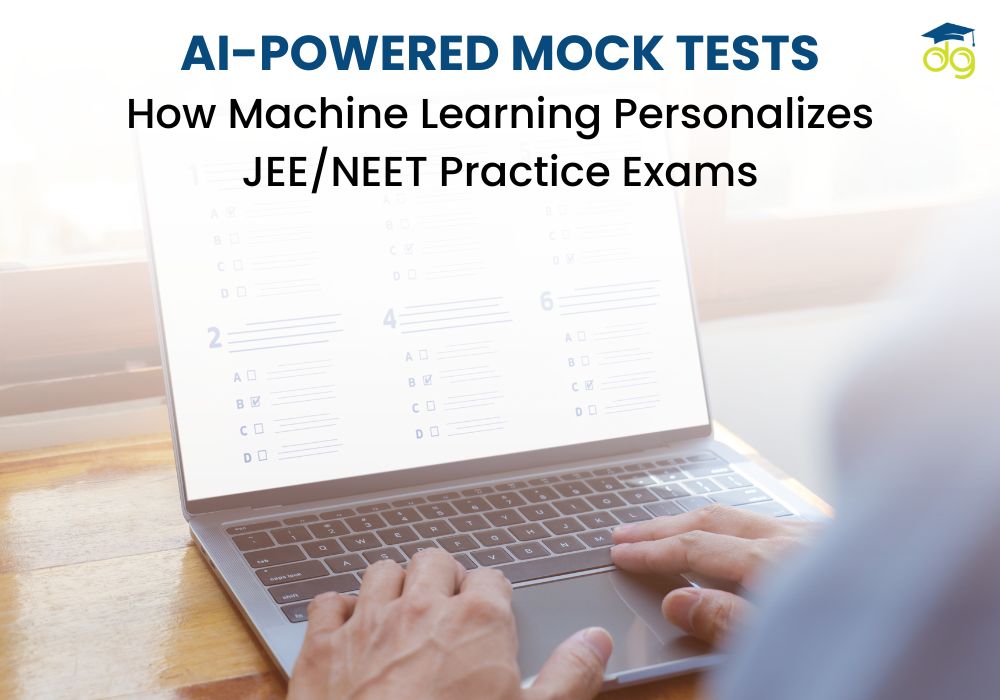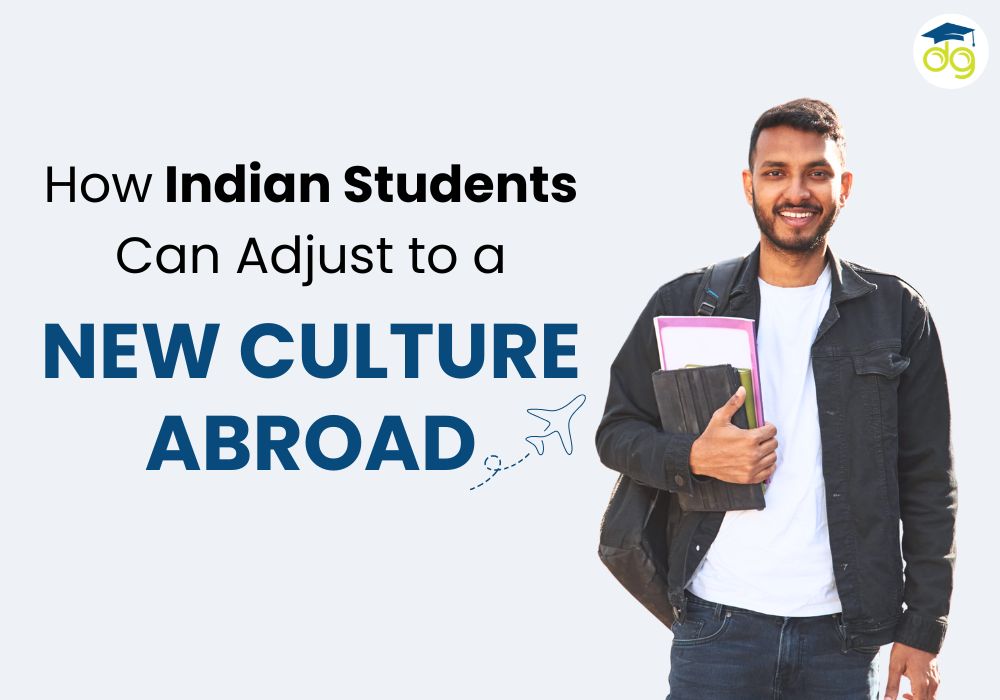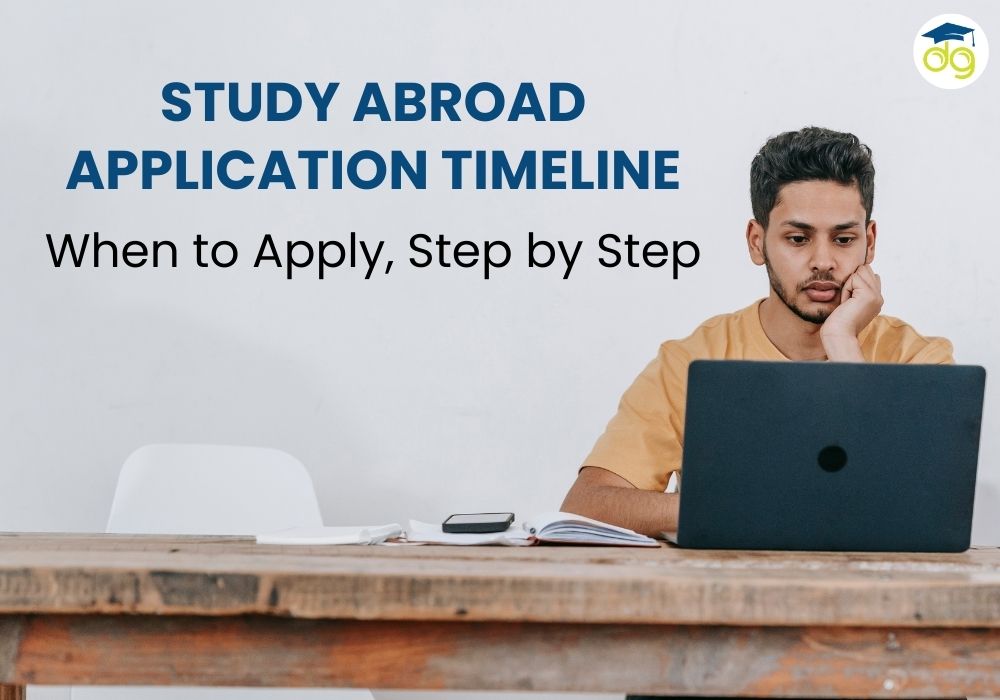Coaching Institute Mergers in India: Impact on Students & Education Quality
Coaching Institute Mergers: Impact on Students and Education
The Indian education industry has undergone extraordinary changes. A growing trend of coaching institute mergers has changed the way students are prepared for competitive examinations and how parents decide on their educational selections, and how schools determine success.
Acquisitions and mergers that previously were the domain of corporations are now a part of the world of education. Coaches such as BYJU, Aakash, and Allen are either buying out or combining with smaller schools in order to establish nationwide learning ecosystems. However, behind this consolidation is the question - how this will impact the student choice, education quality, and the higher college education system.
This blog examines how the merger of coaching centres is altering the Indian higher education system, which ranges from the accessibility of public universities and government colleges to long-term impacts on bachelor's degrees and academic diversity.
Understanding Coaching Institute Consolidation
The word consolidation is the term used to refer to the merging or the fusion of several coaches or brands under the same umbrella. Within the world of education, it is often the case that a major EdTech platform or nationwide brand buys smaller coaching centers to increase its capabilities and reach.
The motivations behind this series of mergers are quite clear. Integration of technology, increasing competition, and the growing demand for uniform content are the driving factors behind the consolidation. When students move towards online or hybrid learning and coaching companies are beginning to realize the significance of efficiency and scale more than they ever have before.
In a way, this is reminiscent of trends that have occurred in the colleges and universities sector, in which smaller colleges often combine or join large university systems for stability as well as more efficient student services in universities. In both instances, the goal is the same - higher efficiency, better quality, and greater coverage.
But when it comes to private coaching, the consolidation process can bring both benefits and difficulties. It could offer greater infrastructure and more resources; however, it may also restrict the variety and creativity of methods of learning methods.
How Do Coaching Institute Mergers Impact Student Choice?
It is the most visible and immediate effect of the consolidation. If large coaches' brands join forces and students will have a narrower selection of choices.
In the past, students had the option of choosing from a range of local schools with distinctive teaching techniques, individual groups, and a variety of pricing. Following consolidation, a lot of these small centers are taken over by larger systems, which focus on uniformity and standard program layout.
It has positive and negative consequences. Students get better tools, more advanced analytics, and more organized preparation. But, on the other hand, students are deprived of the flexibility of regional areas and the specialized methods of teaching that were once tailored to specific demands.
The table below demonstrates this distinction:
Benefits of Mergers for Students | Drawbacks for Students |
| Technology and infrastructure that are better | There are fewer local or personal options |
| Access to world-class teachers | Teaching methods are homogenized |
| Standard Study material | Flexible and affordable |
| Brand reliability is stronger and more reliable | Loss of competition and risk of diversification |
From the college university standpoint, from a college university perspective, this homogenization impacts the applicant pool. Schools are more likely to receive applications from students who have been trained in the same exam-focused systems. This leads to the same thinking pattern as well as less diversity among educational backgrounds.
Although standardization can boost competitiveness, it can also lead to an all-encompassing approach, which could hinder the development of creativity and a holistic approach in higher-level studies.
The Effect of Consolidation on Quality in Higher Education
The consolidation of coaching institutes has ripple effects that are felt all over the college education environment. The standardized approach to preparation is directly affecting the manner in which students take entrance exams or university interviews, and classroom instruction.
Consolidation can improve operational efficiency, allowing students access to organized courses, modern educational tools, and consistent training for faculty. However, the effectiveness of instruction isn't just based on what resources are available but on the way they're customized to the diverse needs of learners.
Within Higher education, the diversity of learning settings encourages creativity, critical thinking, and skills that are based on research. A lot of consolidation in the coaching industry can accidentally limit these capabilities, leading to students who are focused on getting scores rather than learning.
Furthermore, education administration within universities is now required to adjust to the changing mindset of students. Institutions are now dealing with more students who can excel at exam preparation; however, they may require additional assistance for independent research or analytic reasoning.
The real issue is to make sure that mergers improve the level and quality of higher education.
Are Public Universities Affected by Coaching Institute Mergers?
Indeed, and in many different ways. The public universities and government colleges typically have a student population derived from the students who have passed federal or state-level entrance examinations. When coaching institutions consolidate their influence is significant. on who is admitted to these institutions.
Students who attend the largest, well-funded institutions of coaching have a greater capacity to deal with exam requirements and have an edge when it comes to selection. On the other hand, those who live in smaller cities or have economically poorer communities may find it hard to stand out.
This can result in unbalanced access to the public university, which could see seats being offered to students who have been trained in expensive, combined coaching systems.
The function of the state universities and the government colleges is vital in this regard. They need to innovate their admissions processes and offer support programs in order to keep equity and fairness among their student groups.
Furthermore, state university education quality could be affected indirectly when universities modify their instructional methods to meet more standardized and test-oriented students who are that are entering their classrooms.
This is because coaching consolidation not only influences the results of coaching, but changes the landscape of education in whole university systems.
How Do Coaching Mergers Influence Access to Undergraduate Degrees?
The ability to obtain a bachelor's degree is largely dependent on the student's ability to pass entrance examinations competitively. When mergers result in dominant coaches and the price of good training is often increased.
Although large institutions provide scholarship programs, the price of an institution with a name-brand coach could be too expensive for some families. This impacts equity in education outcomes, is an important problem in India. Indian school system.
Students of wealthy or urban backgrounds may gain access to the modern facilities offered by merged schools, whereas rural students are left with inadequate alternative options. This disparity can limit access to the top colleges, university programs, and the government colleges in particular, those that provide engineering, science, and medical bachelor's degrees..
This is where the public universities could play a significant function by working with local the regional coaches and schools in order to create bridge programs and affordable online options.
If the system is ideal, coaching institute mergers will result in change and democratization, rather than the centralization of education and its exclusion. If this is the case, it will depend on how policymakers intervene and the social responsibility of the educational sector.
Benefits and Drawbacks of Merging Coaching Institutes
Each major change comes with two sides. Coaching mergers don't differ from one another. The merger wave has undeniably transformed India's test-preparation system. But it raises concerns about the viability of the quality and accessibility.
Below is a more balanced review of both sides.
Benefits of Coaching Institute Mergers | Drawbacks of Coaching Institute Mergers |
| More financial stability and greater confidence in investors | Possible monopolies and a reduction in competition |
| Platforms for learning that are unified and driven by technology | A risk that mass-market education replaces personal care |
| access to the best educators as well as National resources | Regional and cultural representation could decrease |
| Management and operations that are professionalized | Insufficient emphasis on test scores and grades |
| The streamlining of educational administration | Rising course fees are affecting accessibility |
In the long run, the mergers could lead to an increasingly global and effective education system. But, they can also lead to the marginalization of smaller schools that have previously been able to serve underrepresented segments of the population.
Therefore, ensuring balance is crucial. Education must be driven by the aim of learning and development, not just profit or scalability.
Future Outlook: Mergers, Regulation, and Changing Education System
As we look ahead, coaching institute mergers are likely to continue in the context of a wider reform of the education sector. However, the biggest challenge is in ensuring these mergers provide fairness and equal access at all levels, starting with undergraduate degrees to higher studies.
The education board and government policies could require structures for transparency, student security, fair competition, and more. The role of public universities remains vital to expanding opportunities to all and lessening dependence on coaching programs that are commercialized.
It is also possible to collaborate between state universities and private coaching institutes to develop hybrid programs -mixing exam preparation and comprehensive academic coaching.
If managed properly and handled with care, consolidation can improve higher education quality through the integration of modern pedagogy with AI-driven learning as well as innovations that are centered around students. However, unchecked growth could lead to over-commercialization, threatening the diversity and accessibility that are the hallmarks of India's education system.
Conclusion:
The fusion of coaching schools can be seen as both an improvement and an alarm. On one side, it highlights the advancements in technology and the digitalization of education. But, on the other hand, it reveals the dangers that centralizing power can bring and the loss of the student's choice.
Students need more than standard classes; they require exposure to different teaching styles and cultural and social contexts. equal matched opportunities to enroll in college and university courses.
In the case of public universities, government colleges, and even policymakers, the primary focus should be on the quality of education and inclusivity. The aim should not only focus on producing exam-winning students, instead on fostering thinkers capable of tackling the challenges in the near future.
As the Indian higher educational environment changes, we hope that mergers will result in collaboration and not competition, and ultimately, in empowerment, not exclusion.
Be informed, Skoodosbridge - your trusted advisor for guidance in education. From reviewing colleges to exploring emerging trends in education, Skoodosbridge helps students make educated, informed decisions for a brighter future in education.
FAQs
1. How do coaching institute mergers impact student choice?
The mergers of coaching institutes decrease the number of options that students have, but they also increase the accessibility of standard studies and educational platforms. Although students benefit from better technology as well as access to national resources but they could lose their individual coach styles as well as regional flexibility.
2. What is the effect of consolidation on quality in higher education?
It may improve efficiency and quality of resources; however, it could also create uniformity in the learning process. Students who have been trained by the merged system of coaching often score well in tests but may need additional support for research and thinking creatively when they start their journey into university establishments.
3. Are public universities affected by coaching institute mergers?
Yes, the dominance of coaching firms is in the preparation for exams, and public universities might see admissions biased towards students who are part of well-funded coaching institutes, impacting equality and diversity in the classroom.
4. How do coaching mergers influence access to undergraduate degrees?
These mergers may make good coaching more expensive, which can impact the access of students from less privileged or financially weaker backgrounds. The result is that they are less likely to be accepted into bachelor's degree programmes at public colleges and universities that are public..
5. What are the main benefits and drawbacks of merging coaching institutes?
The main benefits are enhanced technology, the same high-quality courses, and improved control. But the drawbacks include increasing fees, a smaller range of teaching techniques, and the possibility of monopolies, which might alter the educational system in a negative way.
Categories
Archives
Similar Posts

Coaching Institute Mergers in India: Impact on Students & Education Quality
by Skoodos Bridge

Pomodoro 2.0: AI-Optimized Study Intervals for Better Focus
by Skoodos Bridge

Micro-Meditation Techniques for Exam Stress Relief in 3 Minutes
by Skoodos Bridge

AI-Powered Mock Tests Transform NEET & JEE Preparation in 2025
by Skoodos Bridge

How to Build a Career Abroad After Graduation: Step-by-Step Guide 2025
by Skoodos Bridge

Top 10 Student-Friendly Cities Abroad in 2025 for Indian Students
by Skoodos Bridge

Daily Habits of Toppers: Study, Lifestyle, and Exam Strategies
by Skoodos Bridge


Study Abroad Application Timeline: Step-by-Step Guide for Indian Students
by Skoodos Bridge


Leave a Comment